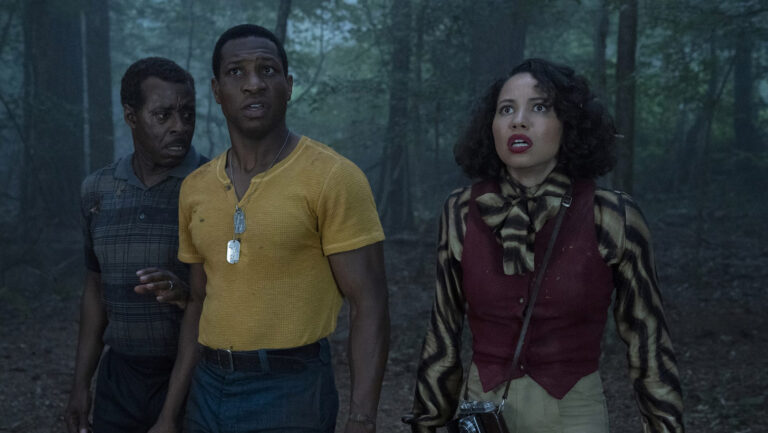Film Review: Actor Paul Giamatti Explores The Measure Of A Mensch In Barney’s Version
Paul Giamatti Impresses In Story Of A Jewish Tv Producer Who Tries To Get Life Right


seriously. I loved Mr. Magorium’s Wonder Emporium .”

I’ve been there


